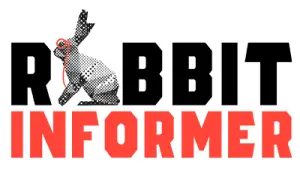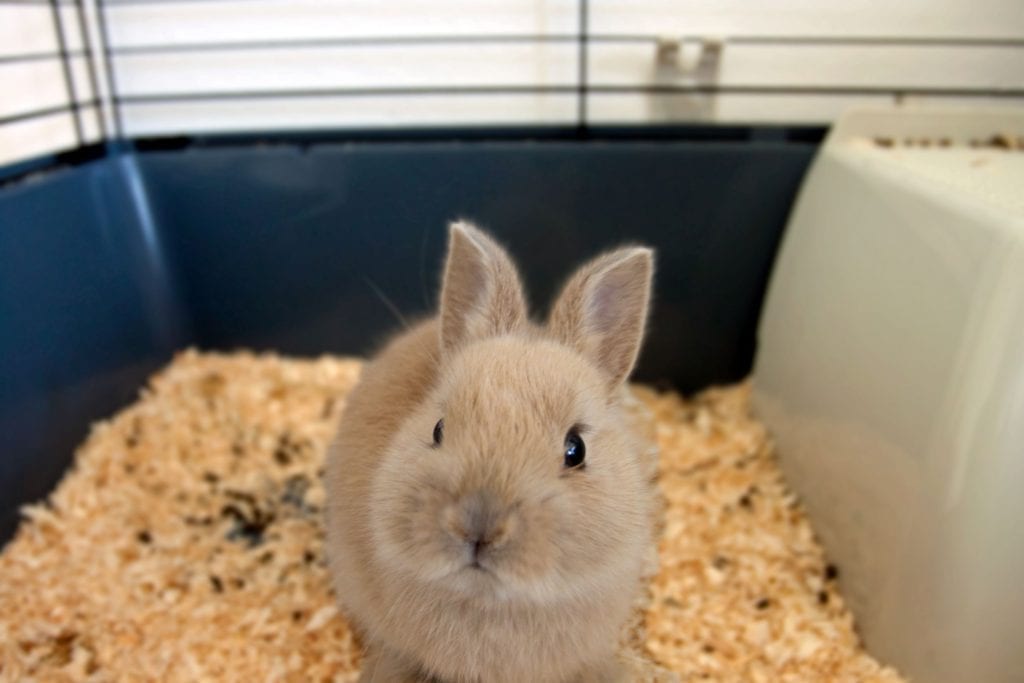
Providing rabbits with soft bedding to lie on, dig, and nest in will make them feel safe and at home. However, for thrifty pet owners, cutting costs for your rabbit is not always the best idea and makes it worth asking if newspapers is the ideal cage liner for rabbits.
Newspaper is safe for rabbits as long as the printing ink is non-toxic. It can be a great cheap alternative to other bedding/litter types. Rabbits tend to chew on their bedding, so make sure any newspapers you use as cage liner will not harm your rabbit if ingested.
Always make sure that what you’re giving your rabbit to lay and play on a daily basis is safe. You are responsible for your pet’s health and safety!
How Do I Find Out if My Newspaper’s Ink Is Toxic?
Most newspapers today use vegetable or water-based ink, which is non-toxic and safe for rabbits. Nearly all national papers have been using soy color ink for several years, which is vegetable-based and safe.
In decades past, however, most newspapers were printed with petroleum-based inks, which are toxic. While soy ink is the standard of today, some papers still stick to the old petroleum-based inks and it’s important to make sure that what you have is safe for your rabbits.
A quick and easy way to tell what kind of ink you’re dealing with is to run a finger across the surface of the print and watch for smudging, or if any ink comes up on your finger. If the ink smudges a lot, it is likely petroleum-based, toxic, and cannot be used for your rabbits. Soy inks do not smudge or leave dark marks on your hands. If the ink smudges your hands, it’ll smudge onto your rabbit’s feet.
If you are still unsure, call the paper you got your newspapers from and simply ask what kind of ink they use.
Can I Use Magazines Instead of Newspapers?
Many magazines, ads, and comics are printed on glossy coated paper because it brings out the colors and makes them more attractive. However, the coating used on these kinds of papers is not safe for rabbits are harmful if swallowed.
Rabbits have sensitive digestive systems and the multiplicity of chemicals and materials used to print glossy paper (including a variety of chalks, plastics, and synthetic rubbers/latex) are dangerous and can cause serious health problems.
Coated/glossy paper is smooth to the touch and reflects a small amount of light, so be sure to avoid any paper materials with this texture. Most newspapers are printed on noncoated newsprint, which has a rougher, more natural feel.
Accidents happen, and ingesting magazines will likely not be fatal in small quantities, but it is better to skip the magazines and go for something safer rather than run the risk of hurting your rabbit.
Shredded Newspaper: Good or Bad?
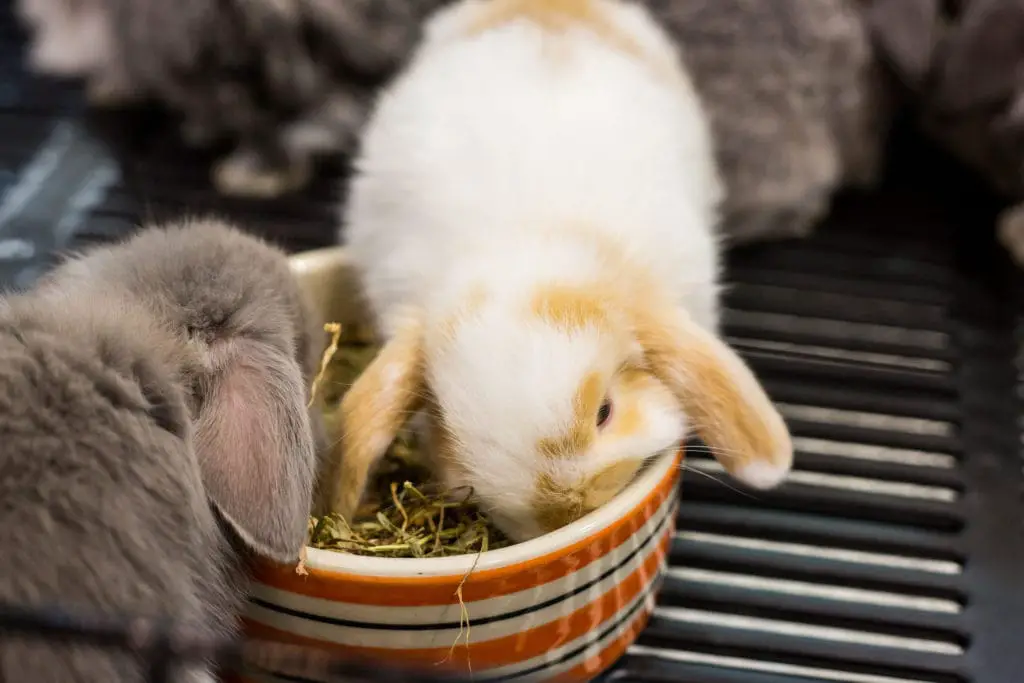
You might want to use shredded paper in your rabbit cages instead of using it as a flat page cage liner. Unfortunately, shredded paper isn’t the best cage liner all on its own because, while it is soft and absorbent, there is little if any odor control and needs to be changed quite often. The cheapness of it makes it difficult to pass up, and when combined with other types of bedding/liner it can be very effective to make your more expensive stuff last longer.
Is Paper Dust Harmful?
Overly dusty environments are not safe for rabbits, and using dust-free bedding is highly recommended. You’ll want to do as much as possible to keep your rabbit’s cage clean. How to Keep Rabbit’s Cage Clean: 5 Tips That Work is my article that will help you spend less time cleaning. Shredded paper can sometimes be quite dusty and could cause an allergic reaction for your rabbits if they are sensitive to it. Signs of allergies are similar to those expressed in humans– red itchy eyes, clear expulsion from the nose, and overt sneezing.
Bring down the dust of using shredded newspaper by mixing it with other materials, but stop using it altogether if your rabbit continues to express an environmental sensitivity to it.
What Are Other Good, Cheap Liner Options?
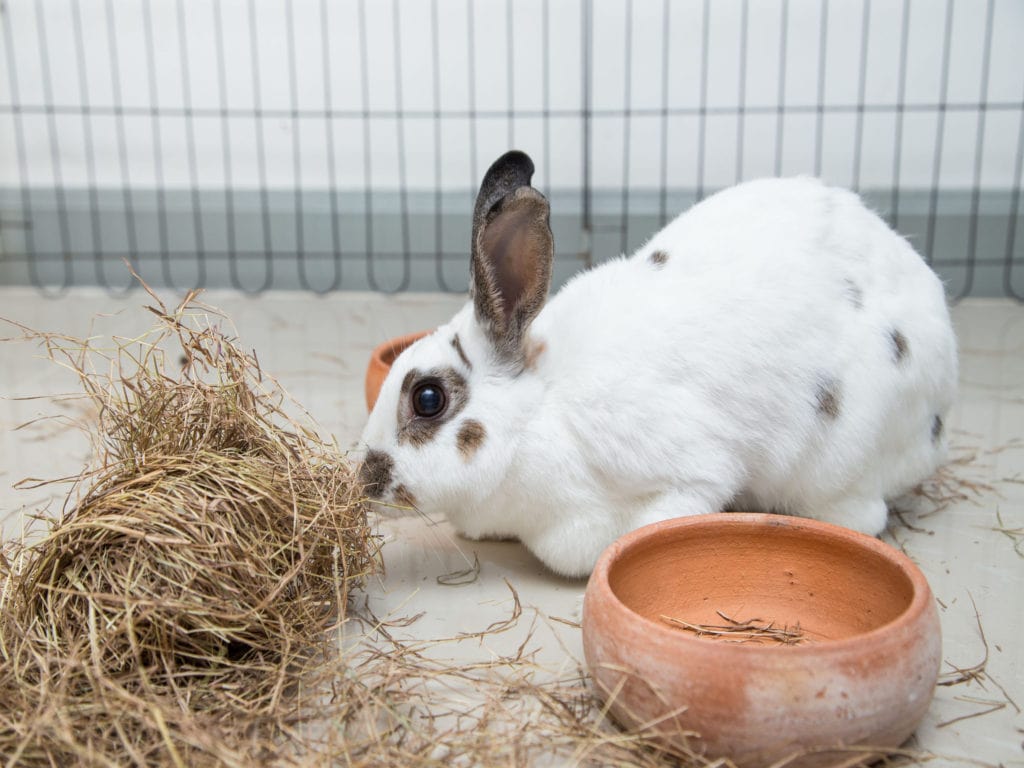
Newspaper is a great, cost-effective way to line your rabbit’s cage and play area, and can make clean up ten times easier in the end. As a bedding substance, it has its drawbacks but works well in a pinch. It’s good to experiment to find what bedding and liner options work the best for you and your rabbit.
It is encouraged to search for a combination of bedding types until you find the perfect fit. Rabbits need to be able to distinguish their bedding/play area from their litter box area, so make sure what you use for bedding is different enough from the litter box so they don’t confuse their pooping and sleeping areas. All suitable bedding options have the qualities of softness, safety, absorbency, and lack of dust.
TIP: Two common materials that owners often place in rabbit cages are puppy pads and paper towels. Are Puppy Pads Safe for Rabbit Cages? and Are Paper Towels Safe for Rabbits? are two great articles to read if you are considering these options…they may be more dangerous than you initially thought!
Safe bedding and liner options include:
- Phonebook pages— Once again, test any paper with printed words on it to verify that the ink is nontoxic. Most phonebooks are printed with soy ink, but check just to make sure.
- Plain shredded paper— Using regular printer paper is less eco-friendly, but it erases the toxic ink problem altogether.
- Fleece blankets— Washable and reusable, fleece blankets are super soft and a beloved option for rabbits.
- Pillowcases— If you prefer a thinner material, this is a good option. Pillowcases can be stuffed with a foam pad for extra comfort.
- Towels— Old, clean towels are also washable and safe to chew on.
- Aspen Wood chips— a pricier option, but its softness, absorbency, and dust-free nature make it the perfect bedding.
- Timothy Hay—Hay should always be available for your rabbits to chew on in high quantities, and it can also make cozy bedding.
- Alfalfa— A great mix-in bedding and chewing option.
- Hemp bedding—less cozy to bunnies, but is cheaper than its aspen or pelleted counterparts.
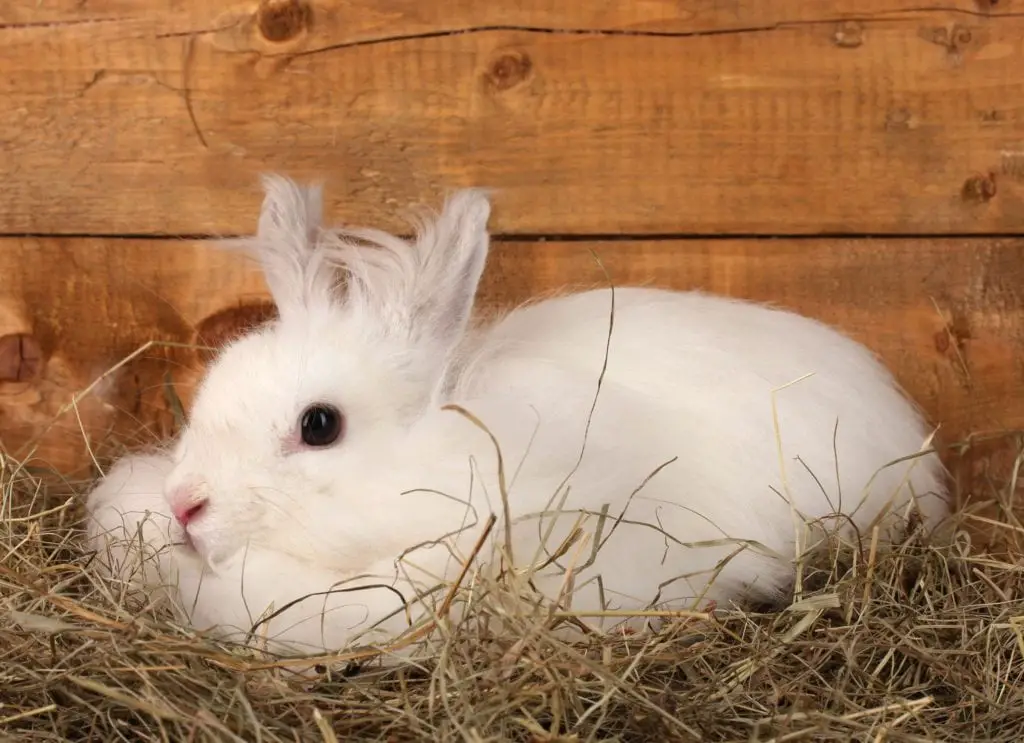
Types of Bedding to Avoid
Not all bedding and liners are safe for rabbits, even if they proclaim to be.
- Un-pelleted straw— This type of straw is rough, poky, and hard on rabbit feet.
- Cat litter— Made specifically for cats and is too dusty and chemical-laden for rabbits. Not the best option.
- Corn husks— Dried corn husks aren’t comfortable, and you run the risk of lingering moisture becoming a hotbed for mold and germs. They are also stringy and could get stuck in your rabbit’s teeth if chewed on.
- Cedar chips— The aromatic nature that accompanies these types of chips comes from the dangerous chemicals natural with this wood type. These chemicals are not safe for rabbits.
- Pine chips— Similar to cedar, aromatic pine carries dangerous chemicals and is to be avoided. Some debate that kiln-dried pine is okay, but it’s better to avoid it altogether.
- Sawdust— Messy and dusty, sawdust can cause irritation in the eyes and noses of rabbits.
- Cardboard— Cardboard is tempting for rabbits to chew on, and ingesting too much of it can cause intestinal blockage, which can be fatal to rabbits.
